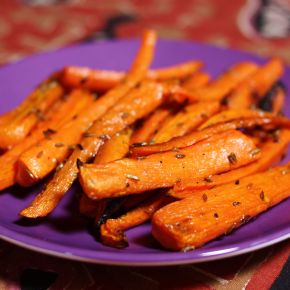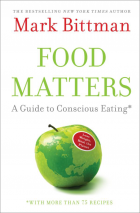 There are few brown-baggers in the building in which I work. This is not because the food in the neighborhood is so great (it isn’t), or because the cafeteria is Google-like (it isn’t), but because many people are either “too busy” or too embarrassed to bring their lunch. Somehow one of our oldest and sanest traditions has become a laughingstock: it’s not hip to bring lunch.
There are few brown-baggers in the building in which I work. This is not because the food in the neighborhood is so great (it isn’t), or because the cafeteria is Google-like (it isn’t), but because many people are either “too busy” or too embarrassed to bring their lunch. Somehow one of our oldest and sanest traditions has become a laughingstock: it’s not hip to bring lunch.
Let’s try to fix that.
As a meal, lunch is undeniably tough; most people say that and I recognize it. But something good happens when you make the default a brown bag.
I am not talking literally about brown bags; you can bring your groovy REI lunchbox, or your authentic Mumbai tiffin carrier (actually, where I work the people who seem to bring their lunch most often are of South Asian origin) or — as I tend to do — your assortment of recycled takeout containers.
Read the rest of this article, here.














